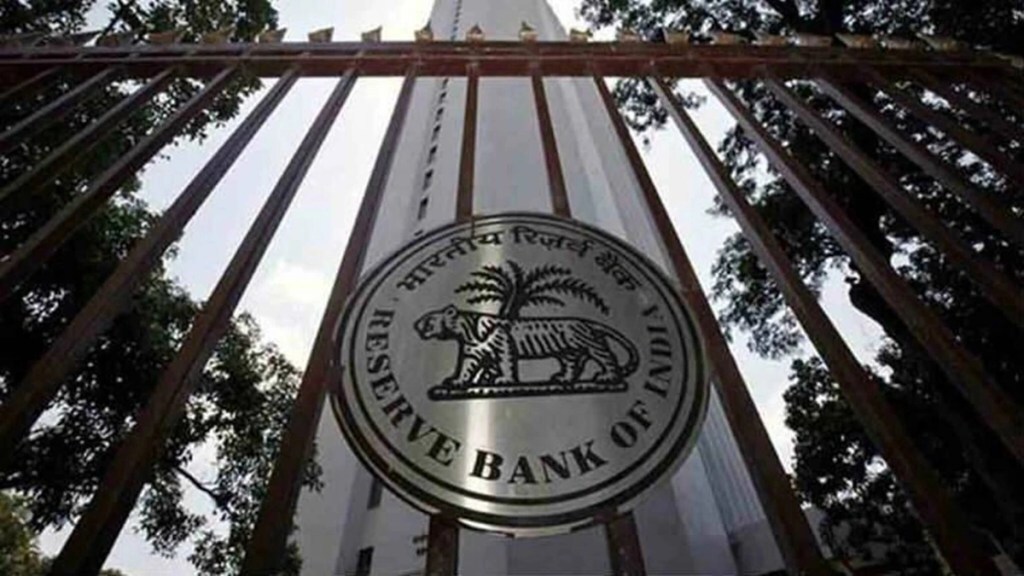As the global uncertainties continue, the challenges for the government’s market borrowings are expected to persist in FY24, notwithstanding the lower size of the budgeted fiscal deficit of the Centre, the Reserve Bank of India said in its annual report for 2022-23.
“The Reserve Bank would endeavour to ensure smooth completion of the government borrowing programme in line with the guiding principles of debt management while ensuring stable debt structure for the governments,” the report noted.
In the Union Budget 2023-24, the gross market borrowing through dated securities is budgeted at `15.43 trillion as compared with `14.21 trillion in FY23. Net market borrowing (including T-bills) is budgeted at `12.31 trillion, financing 68.89% of the gross fiscal deficit in 2023-24.
During FY24, the market borrowing programme is proposed to be conducted with some strategic milestones such as consolidation of debt through calendar driven, auction-based switch operations along with reissuance of securities to augment liquidity in the G-Sec market and facilitate fresh issuances, the RBI report said.
Amidst persisting uncertain macroeconomic conditions on account of the global surge in inflation, synchronised tightening of monetary policy by the central banks, and lingering impact of the war in Ukraine on commodity prices, market borrowings of the central and state governments were conducted successfully during 2022-23.
In FY23, G-Sec yields hardened primarily in response to the increase in domestic inflation following surge in global food and commodity prices and the successive policy rate hikes, as also spillovers from monetary policy tightening by major central banks. The 10-year benchmark yield rose by 47 bps from 6.84% as at end-March 2022 to 7.31% as at end-March, 2023.
Market borrowings of states have been increasing over the last few years. The share of market borrowings in financing gross fiscal deficit of states rose to 78.1% in 2022-23 (BE) from 68.1% in 2021-22 (RE). The gross market borrowings of states in 2022-23 stood at 76% of the amount indicated in the quarterly indicative calendar for market borrowings by the state governments.
The weighted average cut-off yield of state government securities issuances during 2022-23 was higher at 7.71% than 6.98% in the previous year.
S&P has forecast overall net general government debt (Centre and states) will stabilize just below 85% of GDP over the next three years. This is higher than India’s pre-pandemic net debt stock of 75% of GDP, but well below the pandemic peak of greater than 90%.

